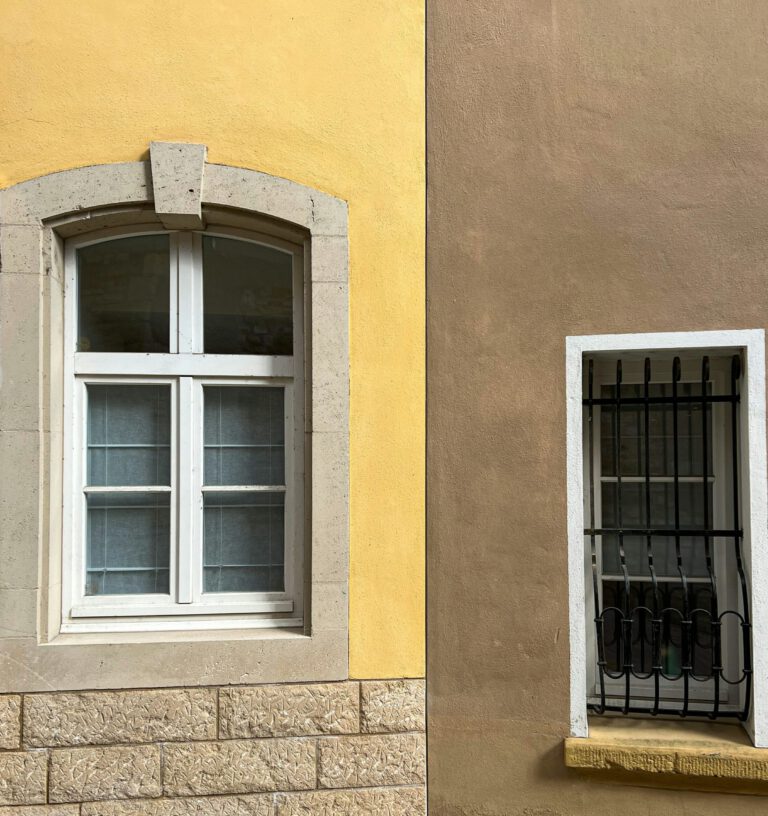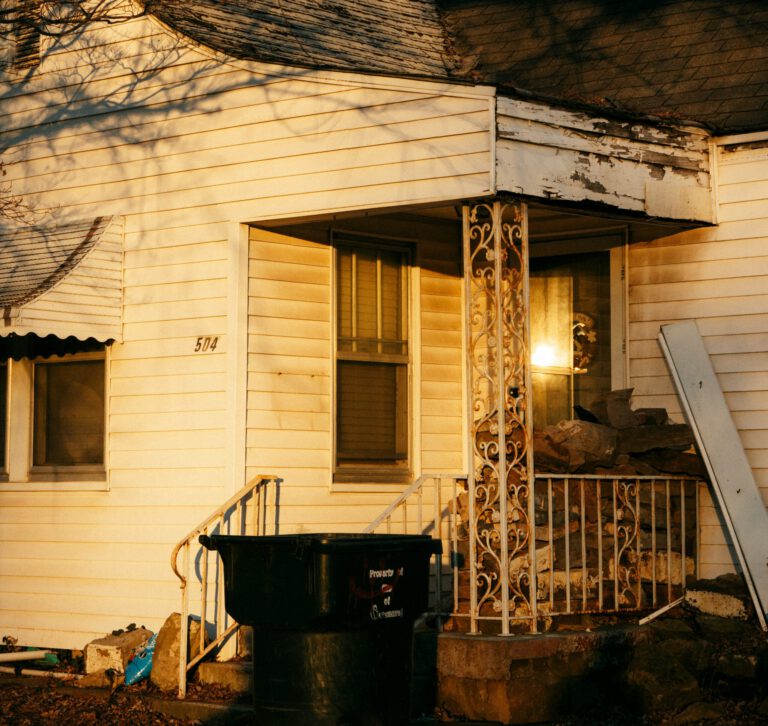I never imagined I’d be the kind of person excited about smart home gadgets. But after one too many months of high electricity bills and a leaky kitchen pipe that went unnoticed until it ruined the cabinet floor, I knew I had to change something. That’s when I began exploring smart home upgrades that weren’t just fancy gadgets but could actually save money.
In this post, I’ll share what I’ve learned from personal experience and show you some real examples of how smart devices like thermostats, lighting, energy-efficient appliances, and leak detectors can help reduce household expenses.
Smart Thermostats: Small Device, Big Savings
One of the first smart upgrades I installed was a smart thermostat. I remember the first winter after moving into my house — the heating bill shocked me. It turned out that the system was running even when no one was home.
A smart thermostat learns your schedule and adjusts heating or cooling accordingly. For example, I set mine to lower the temperature when I leave for work and warm up the house just before I get home. Many models also detect when you’re away using your phone’s location.
According to the U.S. Department of Energy, you can save up to 10 percent a year on heating and cooling by simply turning your thermostat back 7 to 10 degrees for eight hours a day. With a smart thermostat, you don’t have to remember to do it manually the system handles it for you.
In my case, switching to a smart thermostat saved me around 15 percent on my winter heating bill compared to the previous year. That may not sound huge, but over time, those savings really add up.
Smart Lighting: Lower Energy Costs with the Right Bulbs
Lighting might seem like a small piece of the puzzle, but when you add up every bulb in your house, the energy use can be significant. I used to be terrible at leaving lights on when leaving a room, especially in spaces like the basement or laundry room.
Smart lighting systems let you control lights remotely from your phone or set automatic schedules. Even more important, many smart bulbs are LED, which use at least 75 percent less energy and last 25 times longer than incandescent lighting.
I installed smart LED bulbs throughout my home and set them on timers to turn off when not in use. One particularly helpful trick was scheduling the outdoor lights to switch on only at dusk and turn off at midnight, which saved electricity compared to leaving them on all night.
A friend of mine took it further by using motion sensor smart lights in hallways and bathrooms so they only turn on when someone is present. That kind of automation not only saves money but also adds convenience.
Energy-Efficient Appliances: Big-Ticket Items That Pay You Back
Replacing old appliances may seem like a major upfront expense, but it can lead to real long-term savings. When I replaced my old refrigerator with an Energy Star–rated model, I was surprised at how much less energy it consumed.
According to Energy Star, certified refrigerators are about 9 percent more energy-efficient than models that meet the federal minimum standard. But the biggest win came when I upgraded my washer and dryer. Not only do modern machines use less water and electricity, but smart features like load sensing ensure you’re never using more resources than necessary.
A neighbor of mine recently upgraded to a smart dishwasher that adjusts water and energy use based on how dirty the dishes are. She saw her water bill go down noticeably within a couple of months.
While these upgrades come with an upfront cost, many states offer rebates or tax incentives for energy-efficient appliances, making them even more worthwhile.
Leak Detectors: Avoiding Expensive Water Damage
I learned the hard way how costly an undetected water leak can be. A slow leak under the kitchen sink went unnoticed for weeks, damaging the cabinet and floor underneath. The repairs weren’t cheap, and the worst part was knowing it could have been avoided.
After that, I installed smart leak detectors under sinks, near the water heater, and in the basement. These little devices send an alert to your phone the moment they detect moisture, allowing you to take action before things get out of control.
One real-life example that stuck with me was when a family friend’s upstairs bathroom pipe burst while they were on vacation. Luckily, their smart leak detector caught it immediately, and they were able to call a neighbor to shut off the water. Without that system, the entire ceiling of the downstairs living room would have been ruined.
Leak detectors may not directly lower your bills every month, but they can save you thousands of dollars in avoided damage. That kind of financial protection is worth the small investment.
Putting It All Together: Building a Smarter, More Efficient Home
If you’re wondering where to start, I recommend beginning with the simplest upgrade that fits your lifestyle. For me, it was the thermostat because the savings were immediate and noticeable. For others, it might be upgrading lighting or adding leak detectors for peace of mind.
Here’s a simple step-by-step approach I used:
Step 1: Identify Problem Areas
Look at your last few utility bills. Where are you spending the most? Heating, cooling, water, or electricity?
Step 2: Prioritize Upgrades
Choose one or two smart upgrades that target those problem areas. Start small you don’t need to overhaul everything at once.
Step 3: Research Products and Read Reviews
Not all smart devices are created equal. Spend time reading reviews and comparing features to ensure you’re getting something reliable.
Step 4: Install and Monitor Savings
Once installed, keep an eye on your bills or use the built-in tracking many smart devices offer. It’s motivating to see the savings start to appear.
Step 5: Expand Over Time
As you save money, consider reinvesting some of it into additional upgrades, building a more efficient home step by step.
Switching to smart home devices isn’t just about having the latest tech or showing off cool gadgets. It’s about making thoughtful choices that help you save money, conserve energy, and protect your home from costly problems.
From my own experience, these upgrades have been worth every penny. They’ve helped lower my bills, given me peace of mind, and made my home feel more comfortable and secure.
If you’ve been considering smart home upgrades, I encourage you to take the first step. Small changes can make a big difference over time.




